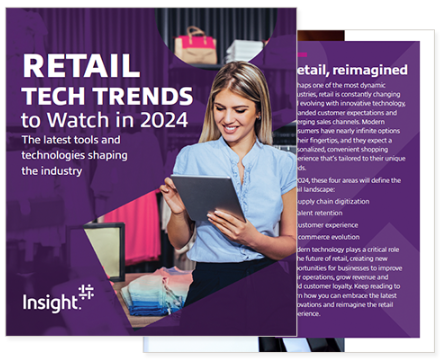New technologies make it possible to bring products to life and immerse consumers in shopping. Unique experiences allow companies to entertain, educate, and engage consumers like never before.
In recent years, Augmented Reality (AR) has been discussed as a useful but well thought out solution, especially in retail. However, due in part to the introduction of Apple’s ARKit and Google’s ARCore, augmented reality is no longer a retail option in the future – it is there. In fact, 75% of consumers expect retailers to provide augmented reality experiences.
With the advent of e-commerce, retailers have adopted the latest technologies such as Augmented Reality (AR) to enhance customers’ shopping experiences and gain an edge over other stores. They have transformed a shopper’s entire journey from entering a store to opening a final product at home in an unbelievable way. This resulted in increased brand engagement for them and a whole new way of shopping for us. So let’s see how some retailers are using augmented reality shopping to give us an unforgettable experience.
Smart Shopping
Smart shopping also means getting to know your customers. The use of artificial intelligence and IoT continues to grow to enable personalized purchases. Personalization is key to smart shopping because experiences and products are tailored to meet individual needs.
Smart shops can also use micro-positioning which uses in-store sensors to identify long-term customers, access their cloud shopping trends, and send them coupons for products while they are still in store. This is a very powerful way to retain your customers and increase their purchases. This marketing strategy can also increase your target audience’s perception of your brand, focusing on what is important to them.
Other technologies that smart shops can use include heat mapping, shelf sensors, and predictable maintenance devices.
Web AR
The ability of customers to virtually test products before making a purchase decision is more relevant than ever. Using AR Web, customers can tap Try to automatically activate the camera on their mobile device and demonstrate the product from the comfort of their own home. It’s a very easy-to-use experience with no app to download from customers.
For Instances Lacoste AR app virtually allow try on shoes. Sephora also offers virtual makeup on selfies. If consumers like the look, they can buy it.
In-Store Experience
AR and increasingly sophisticated mobile technologies can be used to connect with customers, bridge the gap between mobile and physical retail, connect offline and online branded purchases, drive store visits, and increase sales. Customer applications and beacon technology are some of the tools that have enhanced the store experience. With AR headsets or special mobile applications, companies can design additional content and information about the items displayed.
For example, Timberland created a virtual fitting room in 2014 and turned it into a view in the main window. People can try on an item without going to a store, looking for its size, and so on.
Brand Awareness and Loyalty
It’s important to consider how AR can best best meet your customers’ needs. To develop a long-term, sustainable strategy, you shouldn’t use AR just for fun. Think about how technology can improve your customers’ shopping experience and are more likely to have lasting success.
Pepsi is a global retailer that uses AR to drive brand awareness through marketing campaigns. To promote their Pepsi Max drink, they put up an ad at a bus stop in London. However, instead of the usual poster advertisement, it is provided by AR. The YouTube video alone has been viewed more than 8 million times and was reported by Forbes and The Verge. Understanding their key demographics, Pepsi is successfully using AR to increase brand awareness.
Marketing and Promotion
Walmart’s AR app helped attract holiday shoppers in December 2018. Consumers scan zap codes to activate special AR content. Activities include riding a virtual sled on the trails, interactions with branded mascots, mini-games and face filters. Shoppers can share AR experiences on social media. AR-based solutions help expand the brand’s reach. For example, consumers have looked for new ways to interact with stores and brands. Enjoyable AR experiences are simply a way to connect with them, sell, and serve those customers. Useful and fun features in branded apps also stimulate app download and use, and help owners build digital channels.
3D Retail Product Demonstration
An example of a virtual testing alternative is a virtual product demonstration. This example provides benefits similar to virtual testing, but provides not only the ability to demonstrate portable devices, but also retail merchandise such as laptops, refrigerators, televisions, furniture and more. Customers can get an exact picture of the look, feel and size of this product in their own home.
When it comes to shopping, AR has changed the way we choose, try, buy, and use products. This not only affects the way store owners interact with customers, but it also allows consumers to experiment from the comfort of their own home. Shopping is one of the few areas that has seen rapid innovation through augmented reality, and we look forward to seeing even cooler shopping opportunities in the near future.








